BlackBerry turns Sweet Sixteen today
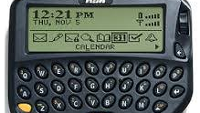
Happy Birthday BlackBerry! The iconic Canadian smartphone manufacturer turns Sweet Sixteen today as the very first BlackBerry device (the 850 two-way pager) launched on this date in 1999. What an amazing 16 years it has been with an incredible series of highs and lows. One needs to merely take a glance at a chart of the company's stock price throughout the years (especially when the company was called Research In Motion).
The company was riding high in 2007 and 2008 with a stock price that reached a peak near $140. BlackBerry devices were known for their fabulous QWERTY keyboards, and the BlackBerry OS offered what many considered the best email client and calendar application. But along came the Apple iPhone and its touchscreen in 2007, and things were never the same again. In retrospect, the company's co-CEOs didn't take the iPhone seriously and their hubris came back to bite them in the rear.
A few months after the OG Apple iPhone launched, and a month before the Apple iPhone 3G was released, BlackBerry launched its highest spec'd model to date, the BlackBerry Bold 9000. But the company still did not employ a touchscreen. That would finally happen with the over-hyped BlackBerry Storm 9530 for Verizon. Touted as BlackBerry's answer to the iPhone, the Storm featured SurePress which was supposed to make typing on glass feel as though you were typing on a physical QWERTY. The device was rushed out and was never a serious iPhone challenger (that would be reserved for 2009's Motorola DROID). It didn't even include Wi-Fi connectivity.
BlackBerry's ineptitude was displayed with the release of the BlackBerry PlayBook. The tablet launched without a calendar app or email client, two features of the BlackBerry OS considered to be best-in-class. A subsequent update took care of that problem, but it did reveal the company's failure to think things through.
BlackBerry finally got touch on a handset right with the BlackBerry Bold 9900. This model combined the look of the original Bold 9000 with a touchscreen. But losing market share quickly, the company took advantage of the departure of co-CEOs Jim Balsllie and Mike Lazaridis and offered a brand new OS designed to take on iOS and rapidly expanding Android. Based on the QNX OS that it used for its tablet (BlackBerry liked the company so much that it bought the firm) and dubbed BlackBerry 10, it is the OS that currently drives 'Berry handsets.
Thorston Heins lived through an unremarkable reign as CEO. Despite launching a new series of BlackBerry 10 phones, it was the older BlackBerry 7 models that were selling best. With a market share reduced to microscopic levels, turnaround artist John Chen was called in to work his magic following a failed attempt by the company's largest stockholder to buy it.
Chen immediately worked a deal with contract manufacturer Foxconn to design, manufacture and warehouse handsets for emerging markets. BlackBerry would be responsible for the software. The first model launched under the pact, the BlackBerry Z3, was fairly successful. A new flagship device, the BlackBerry Passport introduced a physical QWERTY that works with a contexual virtual keyboard. The 1440 x 1440 resolution 4.5-inch screen allows business users to "Work Wide," and more easily view spreadsheets and documents. Designed for the enterprise, the Passport has become a cult favorite. Chen also released the BlackBerry Classic, which brought back the function keys and optical trackpad. This phone is designed for all of those BlackBerry Bold 9900/9930 owners who love the hardware, but desire the latest BlackBerry OS.
Has Chen turned the company around? There are rumors that Samsung is in talks to buy BlackBerry for $7.5 billion, a rumor denied by BlackBerry. Let's just say that in the little over a year that Chen has occupied the CEO's office, the odds of BlackBerry living for another 16 years (even as part of another company) have improved greatly.
source: BlackBerry
BlackBerry's ineptitude was displayed with the release of the BlackBerry PlayBook. The tablet launched without a calendar app or email client, two features of the BlackBerry OS considered to be best-in-class. A subsequent update took care of that problem, but it did reveal the company's failure to think things through.
BlackBerry finally got touch on a handset right with the BlackBerry Bold 9900. This model combined the look of the original Bold 9000 with a touchscreen. But losing market share quickly, the company took advantage of the departure of co-CEOs Jim Balsllie and Mike Lazaridis and offered a brand new OS designed to take on iOS and rapidly expanding Android. Based on the QNX OS that it used for its tablet (BlackBerry liked the company so much that it bought the firm) and dubbed BlackBerry 10, it is the OS that currently drives 'Berry handsets.
Chen immediately worked a deal with contract manufacturer Foxconn to design, manufacture and warehouse handsets for emerging markets. BlackBerry would be responsible for the software. The first model launched under the pact, the BlackBerry Z3, was fairly successful. A new flagship device, the BlackBerry Passport introduced a physical QWERTY that works with a contexual virtual keyboard. The 1440 x 1440 resolution 4.5-inch screen allows business users to "Work Wide," and more easily view spreadsheets and documents. Designed for the enterprise, the Passport has become a cult favorite. Chen also released the BlackBerry Classic, which brought back the function keys and optical trackpad. This phone is designed for all of those BlackBerry Bold 9900/9930 owners who love the hardware, but desire the latest BlackBerry OS.
Has Chen turned the company around? There are rumors that Samsung is in talks to buy BlackBerry for $7.5 billion, a rumor denied by BlackBerry. Let's just say that in the little over a year that Chen has occupied the CEO's office, the odds of BlackBerry living for another 16 years (even as part of another company) have improved greatly.
source: BlackBerry
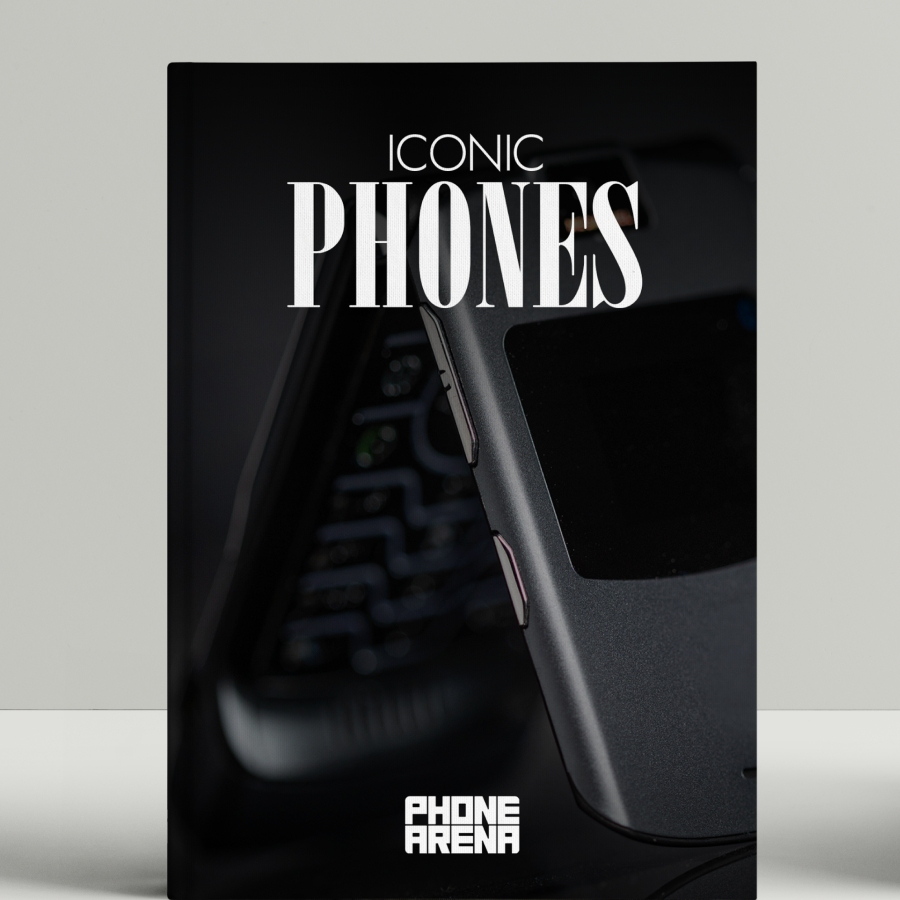

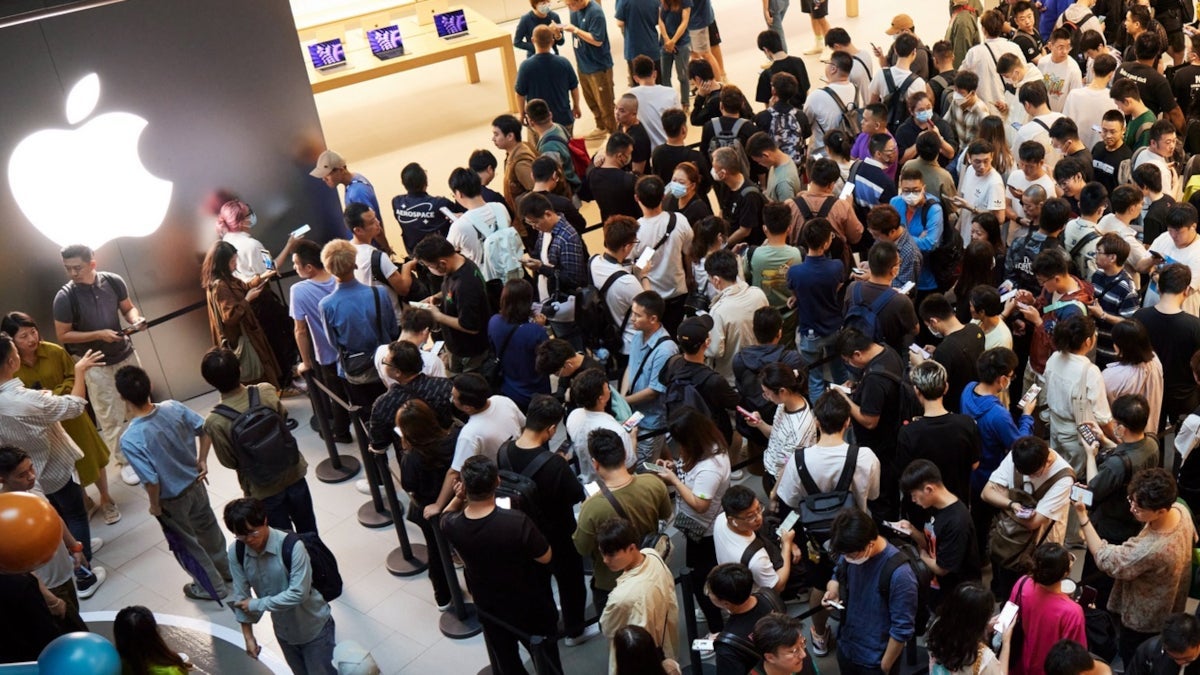
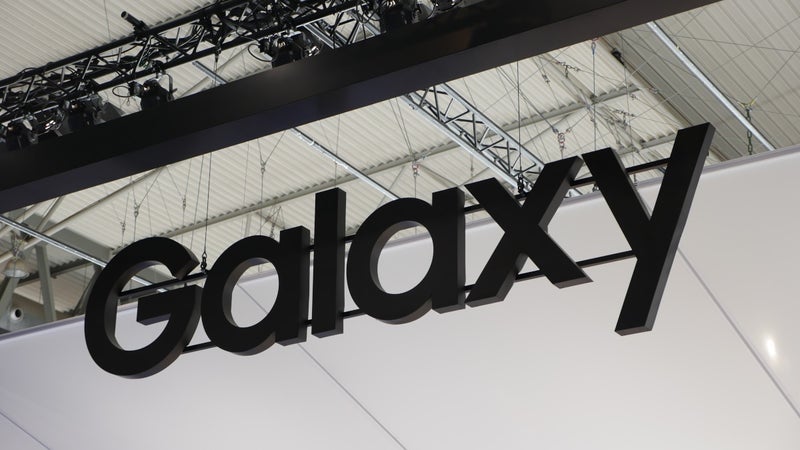
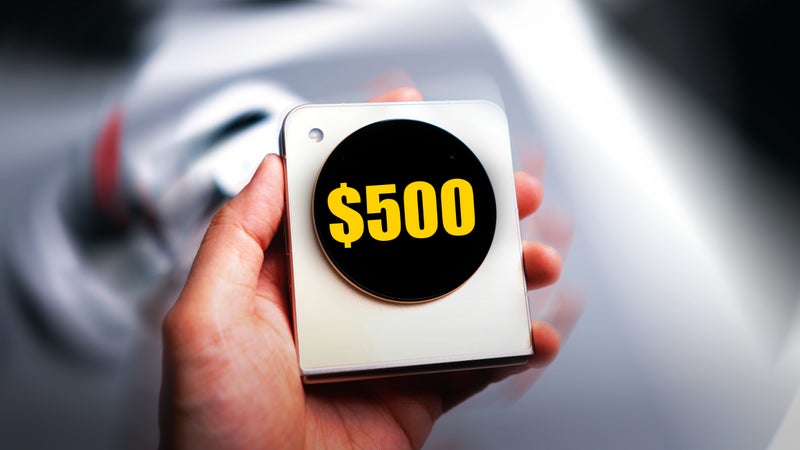
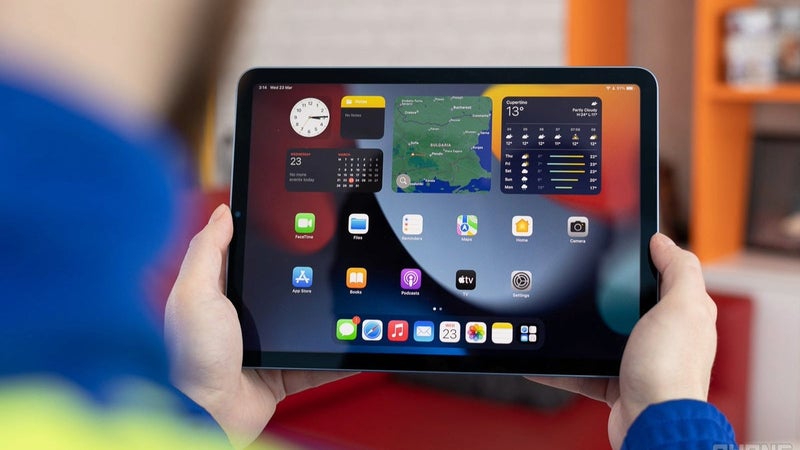
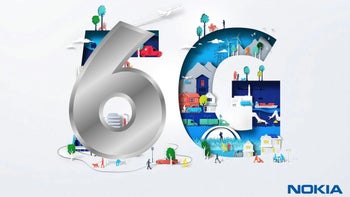
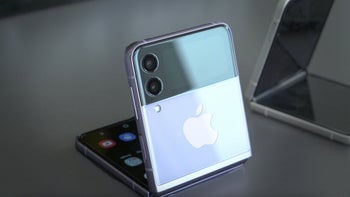
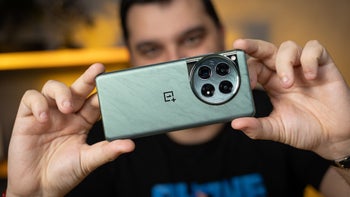
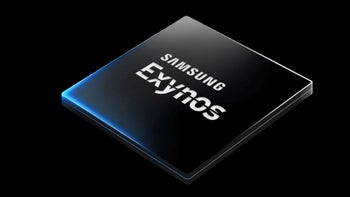
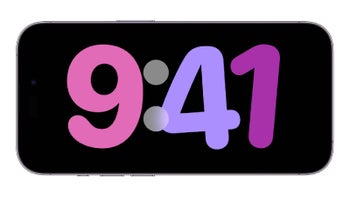
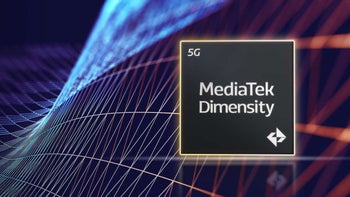
Things that are NOT allowed: